On my first trip to Italy, I befriended a woman who had already visited the country several times and couldn’t get enough. Until I got to experience Italy for myself, I couldn’t quite understand why someone would keep coming back to the same destination over and over again. I wasn’t initially drawn to any particular place in Italy, so I decided to do a ten-day trip covering well-known touristy cities, starting from Venice and moving south. Since it was my first time visiting Italy with no specific aim other than to experience its destinations that I’d only known from pictures, I opted for an organized tour focusing on the most important sites. I found that language wasn’t a barrier, as most Italians I met spoke fluent English with a few exceptions. Inspired by my trip, I put a list of 10 must-see places in Italy to guide your planning.
A lot of sightseeing in Italy focuses on exploring Roman Catholic places of worship with architecture, art, and sculpture made by famous artists of their times. However, you will also see some remnants of Italy’s old polytheistic system of gods knows as Roman mythology in a form of sculptures and monuments in city streets. Roman mythology was replaced by Catholicism and dominated by this monotheistic religion from the end of the fourth century until the Protestant movement took off in the 16th century, weakening its power. Therefore, you will find many churches in Italy with beautiful architecture and art. Some of these churches are referred to as basilicas or cathedrals.
Here is my list of must-see places in Italy with accompanying attractions and my personal favorites.
Table of Contents
1. Venice
Venice is one of my favorite destinations in Italy – it is a collection of islands linked together by a series of canals. My favorite parts of sightseeing in Venice were taking a gondola ride and walking over the bridges to get from one island to another. The most famous bridge is Ponte di Rialto, which goes over the Canale Grand, the largest of the canals.
Once you arrive in Venice by boat, there are a few landmarks you notice immediately:
- St. Mark’s Basilica, located on St. Mark’s square, with its fine architectural artwork
- The watchtower accompanying St. Mark’s Basilica, the best place to overlook the city
- The Doge’s Palace, made of white stone with diamond patterns that give the building its distinct look
2. Pisa
Pisa is well-known for Campo dei Miracoli (Field of Miracles), a square that contains the famous Leaning Tower, the Cathedral of Santa Maria Assunta, and the Baptistery, which are all surrounded by the medieval city walls.
The Leaning Tower owes its name to the tilt caused by an unstable foundation. You can climb the tower to overlook the city.
Although a bit outshined by the Leaning Tower, the Cathedral of Santa Maria Assunta is magnificent inside and out. I was particularly impressed by the gold decorations on the inside ceiling.
3. Florence
The cathedral, called the Duomo, is one of the major attractions of Florence. You can easily spot it from far away, and it offers great views of the city from the top. The green and pink marbles along with white stone give it quite a unique look that is characteristic of Florence architecture. Right next to the Duomo is Giotto’s Campanile, a tower that almost blends in with the Duomo. Beside the two sits the Baptistery of St. John.
Outside of the impressive sacral architecture, Florence is known for its bridges. The most famous bridge is Ponte Vecchio, which has several shops built into it. You can easily spot it if you wander along the river Arno. You might also want to explore Palazzo Vecchio, a beautiful town hall overlooking the main square. Finally, to get a full picture of Florence, visit Piazzale Michelangelo, a square that offers a panoramic view of the city.
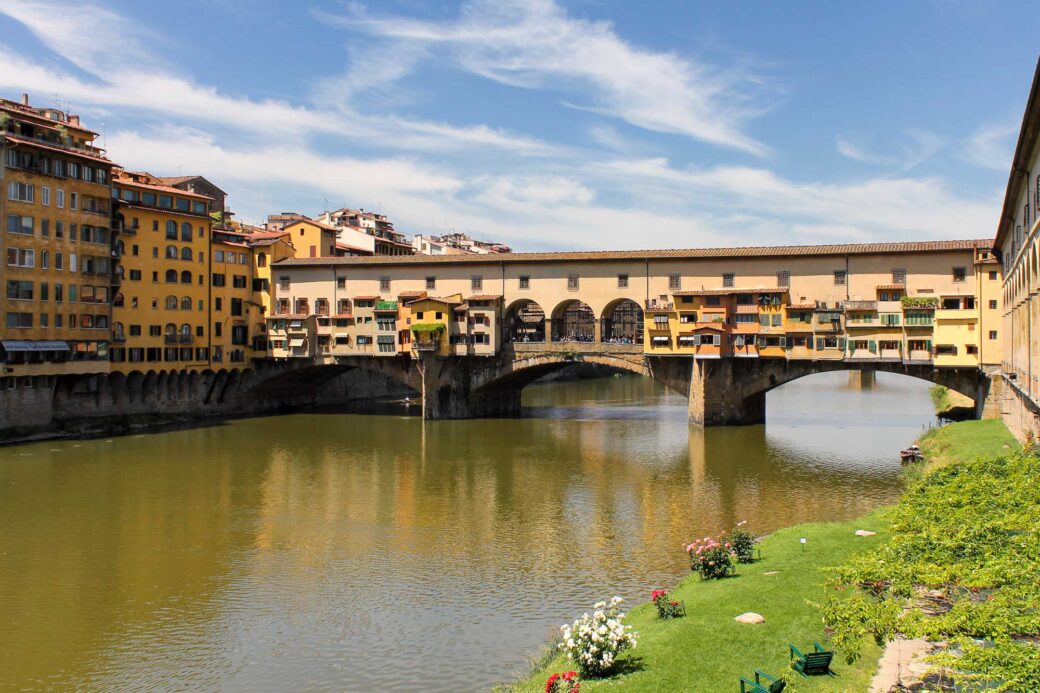
4. Rome
Italy’s capital city has a lot to offer a curious tourist. If you only have a day in Rome, start with the baroque part of Rome: Piazza Navona, a large square with three large fountains, and Piazza di Spania (Spanish Square) with the Spanish steps and a boat-like fountain called Barcaccia located at the bottom of the steps. The steps along with the Spanish Square take their name from the neighboring Spanish Embassy. The Spanish steps, by far one of my favorite places in Rome, are a great location to take a break and just take in Rome while people-watching.
From the Spanish steps, make your way to the famous Trevi Fountain, a 17th-century fountain portraying Neptune, the Roman god of the oceans. Throw a coin in the fountain to ensure your return to Rome.
Then move on to the ancient part of Rome, the heart of Roman empire — or, rather, what is left of it. This includes the Roman Forum, the center of public and religious life; the Colosseum, the largest amphitheater ever built and an entertainment center of ancient Romans; and the Pantheon, initially built as a Roman temple and later converted to a church and a burial place of Italian kings.
One day of sightseeing is a good start, although it is a mere drop in the ocean of what Rome has to offer.
5. Vatican City
If you’re already in Rome, you must stop at the Vatican City, the Catholic capital of the world. Vatican City is home to the pope, who is the head of the Catholic church. Vatican City is a sovereign city-state that shares a border with Italy, meaning that you can easily move between the two without having to worry about any borders.
Make sure you visit these important places:
- The Vatican Museums, which contain one of the largest collections of art dating all the way from antique to 20th century
- The Sistine Chapel with the famous frescoes by Michelangelo (any form of photography is prohibited here as not to damage the art)
- St. Peter’s Square with St. Peter’s Basilica, one of the largest churches in the world and home to the burial site of Saint Peter, who was one of the twelve apostles of Jesus Christ; the twelve apostles were Jesus’ first followers, who spread his teachings, and Catholic tradition holds that Jesus established Saint Peter as the first pope

6. Naples
The best part of stopping in Naples was walking through the narrow streets of Santa Lucia, passing by all the cafes, shops, scooters, kids playing in the streets, and monuments of Roman gods. Wander all the way to the Piazza del Plebiscito, the main square featuring the royal palace, and the Castle Nuovo, a medieval castle located in front of Piazza Municipio.
It was fun for me to witness a unique way of locals shopping with the use of bucket passed down from their apartment windows on a rope. I could see how it might be difficult to carry merchandise to the top floor of some of these old buildings that lack elevators. It seems natural that residents would find ways to adapt to ease their lives.
Naples is in close proximity to Capri and Pompeii —both are worth exploring.

y 
7. Pompeii
I consider Pompeii to be one of the definite must-see destinations in Italy. It is quite unique. Pompeii is a well-preserved ancient city that was covered in ashes in 79 AD when Mount Vesuvius erupted. Ashes preserved the city structure excellently, and you can see how well-developed Pompeii was back in the day. As you wander through the city, you will witness many ancient victims struck in their final poses. It almost seems to serve as a reminder to seize the day or as Horace, an ancient Roman poet, said in Latin “carpe diem.”
8. Capri
If you’re already in Naples, take a boat ride to Capri. Capri is a beautiful small island with fantastic scenery. One of the top things to do in Capri is a boat tour around the island where you can see all the interesting rock formations, which are called Faraglioni as well as a cave known as the Blue Grotto.
While on the island, visit the Piazzetta, the main square, where you can stop at one of the cafes, people watch, or window shop at luxury boutiques. You may also want to walk to the Gardens of Augustus, where you can admire the Bay of Marina Piccola in the distance with its famous Faraglioni, including Arco d’Aore (the Arch of Love). Finally, if you just want to relax, go get your feet wet at the beach.

9. Monte Cassino
Monte Cassino is a place where one of the most important battles of the World War II took place, paving a way for the Allies to get to Nazi-occupied Rome. Many lives of soldiers and civilians were lost during the long battle of Monte Cassino.
Monte Cassino was an important stop for me, as I visited the Polish cemetery located on the hill and paid tribute to those who laid down their lives fighting for the freedom of my nation.
On top of the hill is the beautiful Montecassino Abbey of the Benedict order that has a resilient history of having been destroyed and rebuilt several times over the centuries, including during the Monte Cassino fight of 1944.

10. Assisi
Following the footsteps of Italian patron saints, I made my way to Assisi, one of my favorite places in Italy. (I know I have so many favorite places in Italy!). Catholicism honors many saints, who are individuals that followed God’s teachings by showing exceptional holiness and virtue and have been declared a saint by the pope after meeting certain criteria in a process that typically takes several years.
Assisi, known as a birthplace of St. Francis, is a picturesque little town on top of a hill with fantastic panoramic views even better from Rocca Maggiore, a 14th century castle at the top of the hill.
One of the main attractions of Assisi is the Basilica of St Francis built in the 13th century and covered in Giotto’s frescoes picturing the life of St Francis. Another prominent Catholic figure with a basilica dedicated to her is St. Clair, a founder of the order of the Poor Clares.
If you continue following the saints’ footsteps, you’ll find many more religious places associated with their lives. Another interesting spot in Assisi is Santa Maria sopra Minerva, which is a Catholic church that was built on a foundation of a temple to Minerva, a Roman goddess of wisdom.
I enjoyed visiting Assisi. I love its location on top of the mountain with great scenery. It is easily manageable on foot but expect to climb some hills. Overall, Assisi seemed very charming and peaceful compared to other highly touristy regions of Italy. Due to its many religious sites, it is a popular spot for pilgrimages, especially in summer.
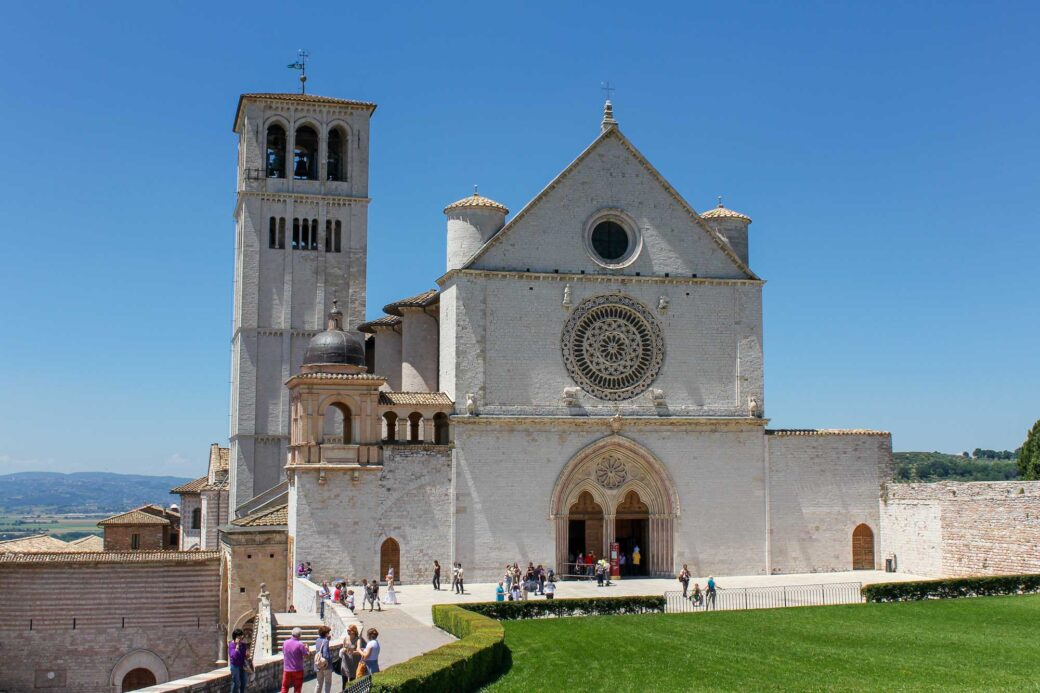
Tips on how to not be a totally clueless tourist while touring Italy
- Drink your coffee while standing in Italian cafes. There’s an extra fee you must pay to sit down and drink your coffee.
- Order cappuccinos in the morning, not the afternoon. As you get further away from tourist destinations, getting milk with your coffee won’t be an option later in the day.
- Dress respectfully when you visit churches. This means covering your shoulders and/or legs if appropriate. Churches are a place of worship.
- Do not purchase designer bags or any other accessories from street vendors. They are fake, and you’ll have to pay a ticket when you get caught. Yes, you pay the ticket, not the seller.
- Obey all the rules. Become familiar with the laws of each place you plan to visit. For instance, there is a new rule preventing tourists from sitting on the Spanish steps in Rome. There are army and police in the city making sure the rules are obeyed.
Logistics for planning your trip to Italy
Food in Italy
I was always a big fun of Italian food, so I truly enjoyed diving into Italian cuisine. Anything from pizzas to pastas and variety of pastas, including ravioli, tortellini, lasagna and many more. And of course lots of gelato and tiramisu. There is so much pasta, different kinds of pasta dishes, and different ways of serving pasta that it was sometimes hard to decide. Nonetheless, my favorite was pasta carbonara with wine from local wineries and tiramisu for dessert.
I loved Italian coffee, particularly espresso. Italy is still my favorite destination for the best espresso.
The good thing is that you spend so much time walking while touring Italy that you don’t really have to worry about gaining extra calories.
Accommodation in Italy
My accommodation was outside of the main tourist sites. That was really nice, as it gave me an opportunity to explore some smaller, less touristy spots such as Lido di Jesolo or Sorrento, wander around, and see more of Italy.
Depending on your needs, there are many hotels, bed and breakfast places, or room/apartment rentals.
If you choose to stay at the hotels in Italy, keep in mind that some of them are older buildings that might not have an elevator so you have to carry bags to your room. Two-star and three-star hotels have to provide elevators if they have more than two floors. This won’t be an issue with hotels with four stars and more, which also have personnel who at least two languages.
For a more local experience, consider bed and breakfast. They are typically cheaper than hotels, and breakfast is included. For more independent travelers or travelers coming with larger groups, there are also apartment rentals that might be most economical.
Transportation In Italy
Italy has a well-developed railway system that will take you almost anywhere you need to go, and definitely to the locations I recommend in this article. Most major train stations are located in city centers, so once you get off the train you are ready to start sightseeing. I found that most of the tourist attractions were in close proximity and reachable on foot once you’re in the city itself.
For visiting Capri, you can take a ferry straight from Naples or Sorrento if you prefer a closer location. Rome, the only large city I visited in Italy, has a great public transportation system with many options including metro, trams, buses, and light rail.
If you do plan to visit as many locations as I did and do not plan to spend much time at each destination, you might want to rent a car. That will give you the flexibility to go anywhere you want, help you save time and trouble figuring out the best way to commute, and choose accommodations outside of the tourist spots to save money and really get to know Italy more.
I did an organized tour of Italy, which worked well for me since I wanted to see a lot in a short amount of time and was traveling alone. It saved me time and trouble figuring things out on my own. I had great tour guides in each location, giving me an opportunity to learn a lot more about Italy. I made friends who I ended up traveling to new destinations with and gave me new ideas for places in Italy to explore next.
Overall
At the end of my trip, I understood why my friend kept returning to Italy. Before I had left, I already had new destinations I’d like to visit next time I go to Italy.
I found Italy to be quite a fascinating place. No matter where you go, you can’t go wrong. There’s so much to see and do! Also, Italy has such a rich history — the Roman empire, the mythology that peeks from every corner, and a Catholic influence all over the country.
There is so much to discover in Italy, from architecture and arts to landscape and food. If you’re visiting for the first time, consider this list of 10 must-see places in Italy. Happy exploring!

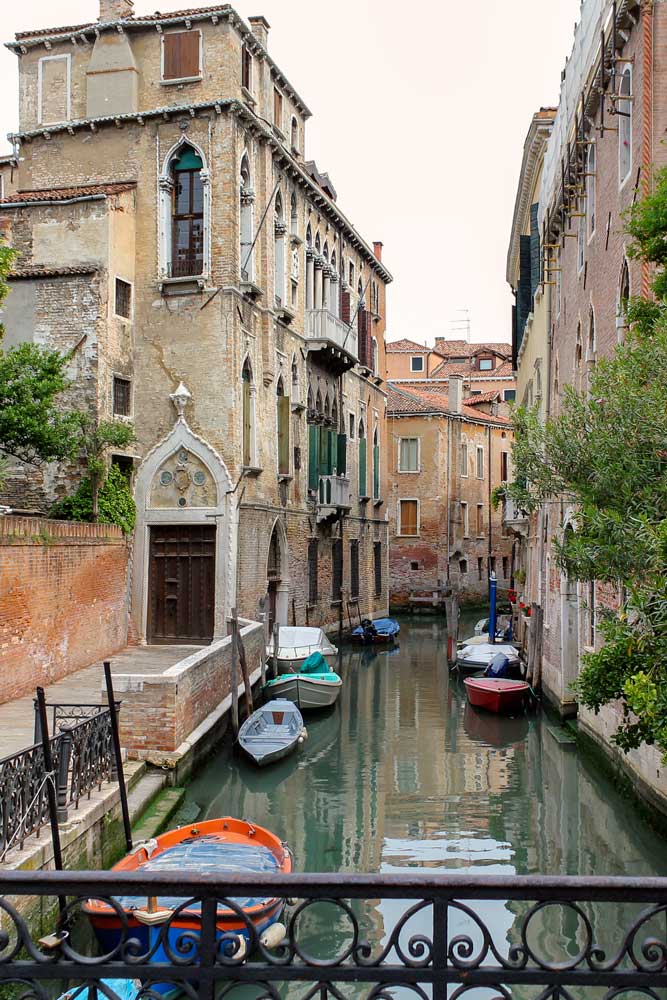
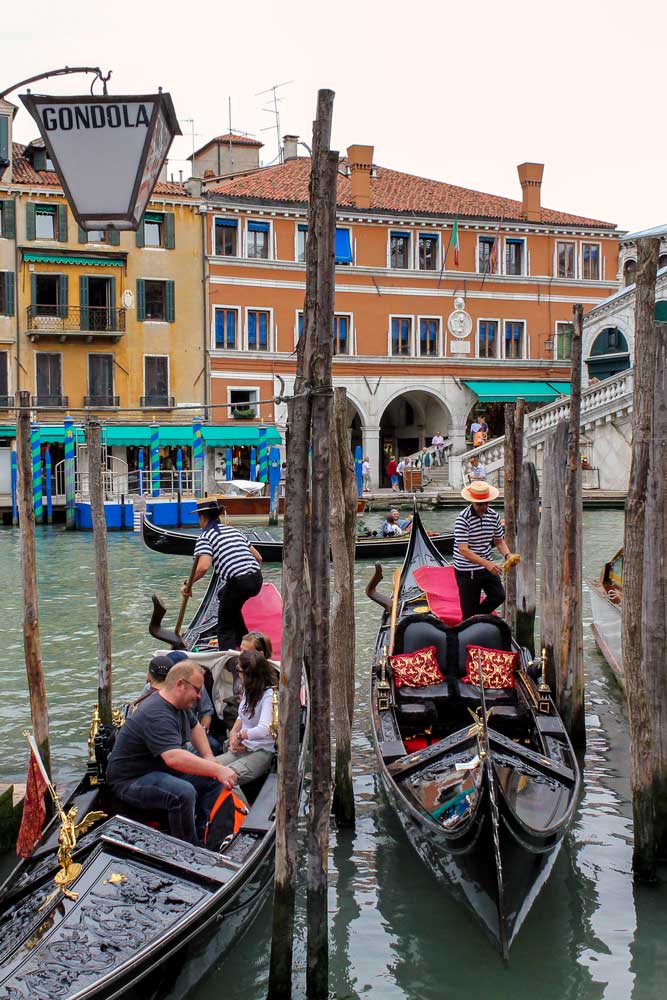
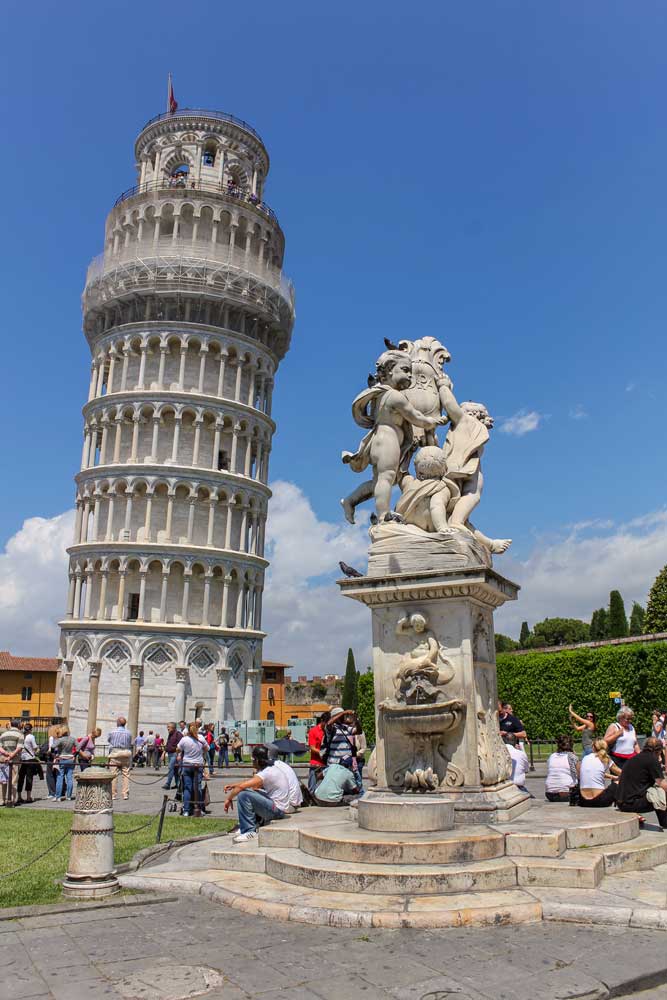
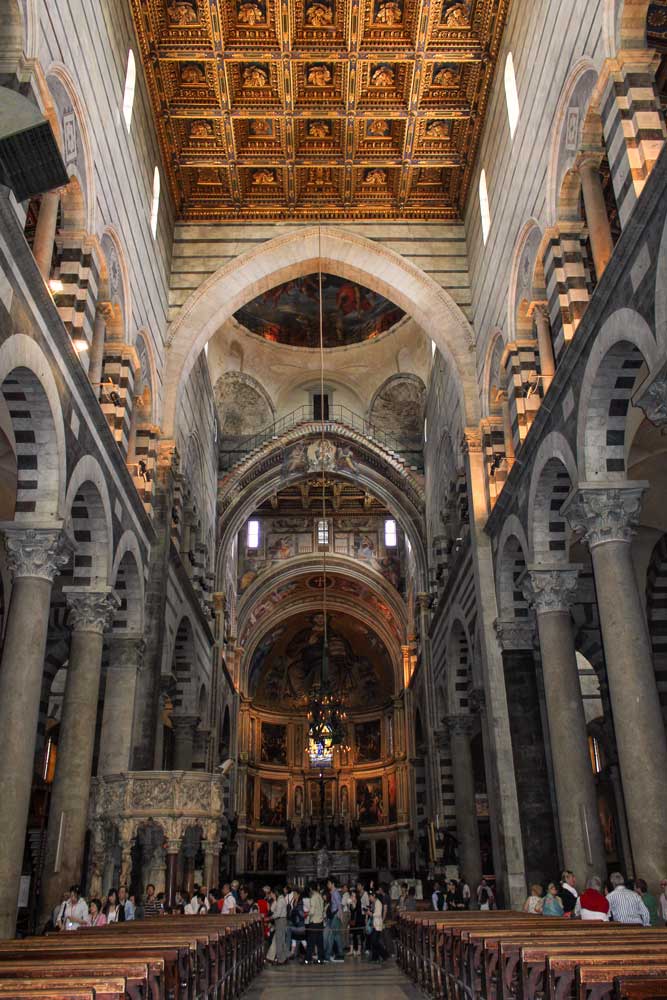
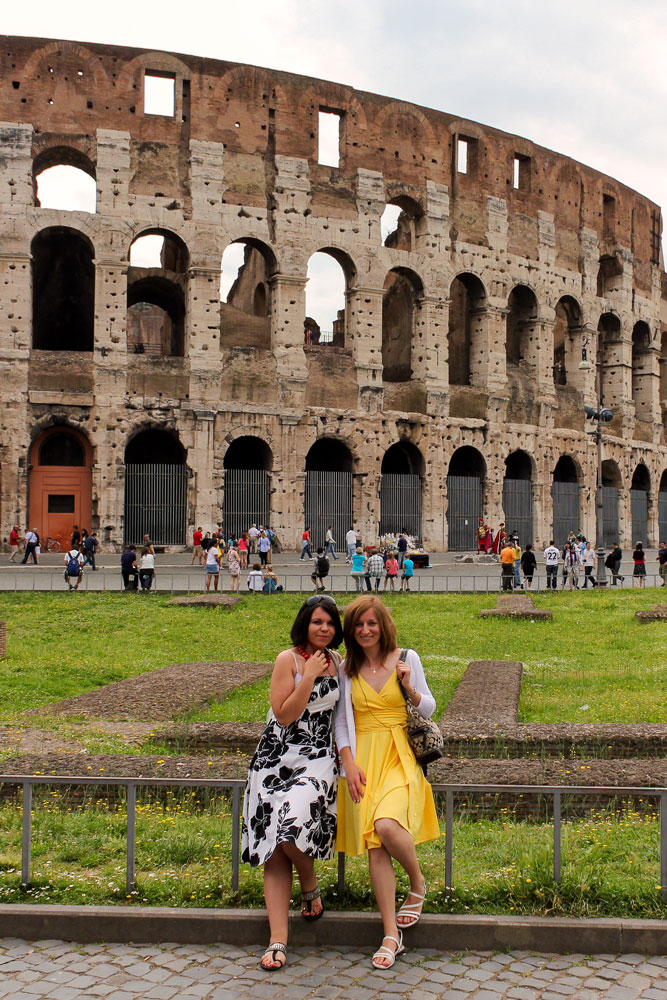


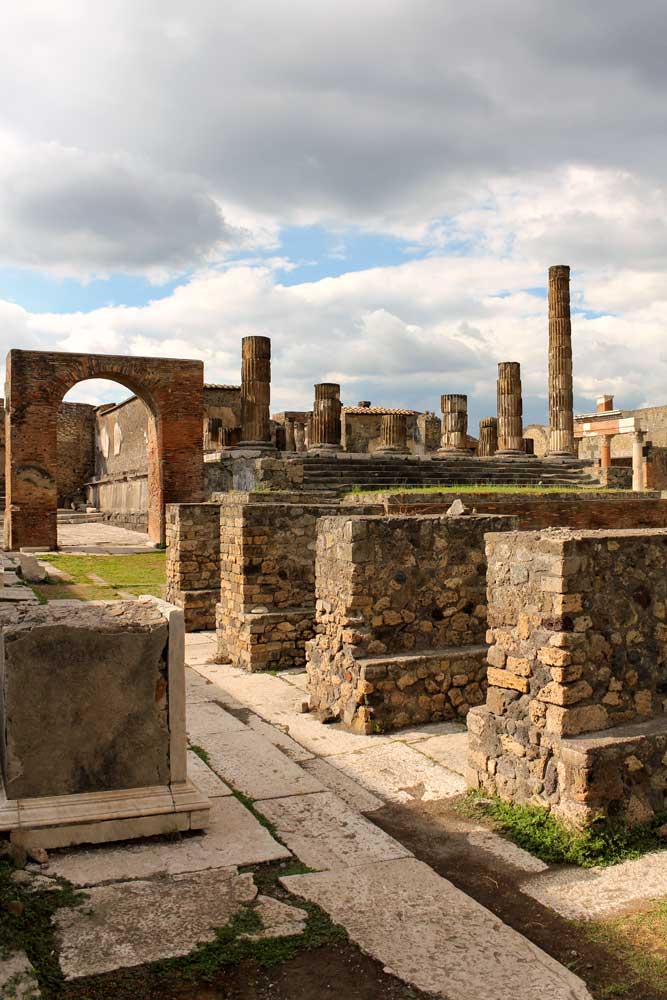
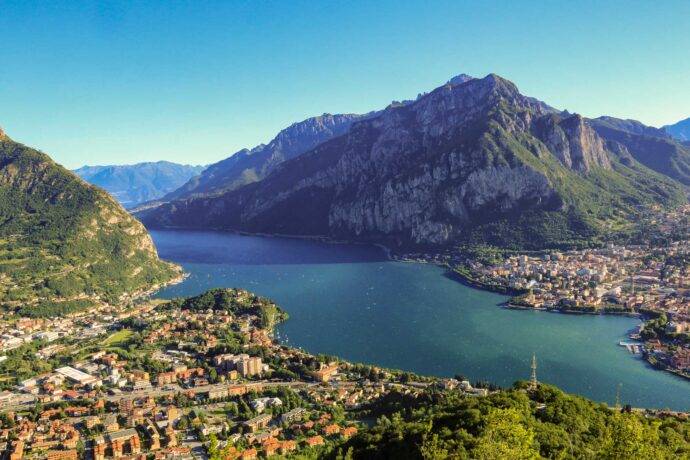

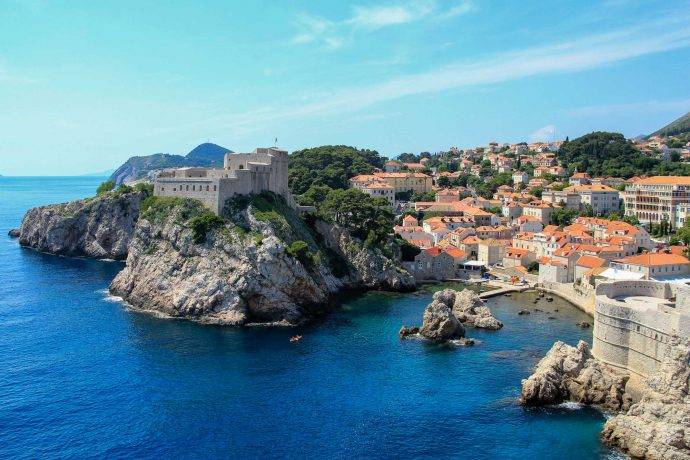

No comments